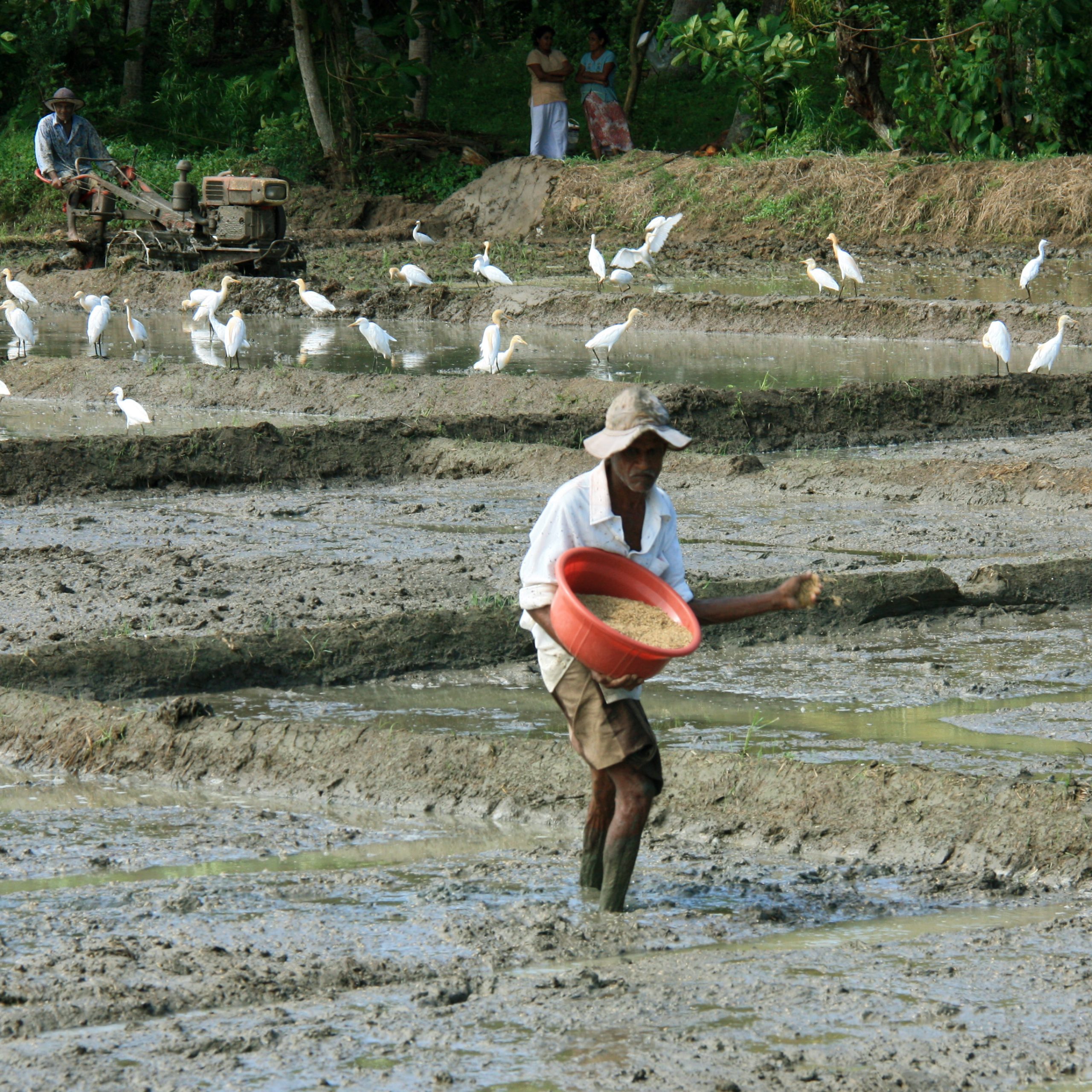Sri Lanka’s Rubber Output Faces 15% Decline in 2023 Amid Deepening Crisis

Sri Lanka’s natural rubber industry is in jeopardy as it grapples with a looming crisis. The Planters’ Association, representing managers of commercial plantations, has issued a dire warning that the country’s rubber output is anticipated to plummet by 15% in 2023, reaching only 60 million kilograms. This alarming forecast is primarily attributed to the devastating impact of the Circular Spot Leaf Disease and the lingering consequences of fertilizer shortages.
Senaka Alawattegama, Chairman of Sri Lanka’s Planters’ Association, delivered this grim prognosis during the association’s annual meeting. He stated, “The ongoing Circular Spot Leaf Disease outbreak has taken a toll on rubber production, causing reductions of up to 30 percent in affected areas.” Urgent intervention is crucial to mitigate these pressing threats to the industry. Alawattegama emphasized the necessity for continued research to combat Circular Spot Leaf Disease, support for key reforms outlined in the Rubber Industry’s Master Plan, and investigations into biological and mechanical methods to enhance productivity.
The decline in rubber production in 2023 follows a challenging year in 2022 when output fell by approximately 6 million kilograms, equating to a 7.8% decrease, as reported by central bank data. This decline was attributed to the combined impact of the Leaf Disease and a fertilizer ban instituted under the leadership of then-President Gotabaya Rajapaksa.
The central bank, in its 2022 annual report, acknowledged the severe consequences of fertilizer shortages, stating, “The impact of fertilizer shortages on immature rubber plantations during 2022 was significant, causing stunted tree growth that delays the tapping stage of plantations and diminishes land productivity in the period ahead.” Furthermore, the scarcity of agrochemicals exacerbated the spread of the Pestalotiopsis disease, affecting around 40,000 hectares of rubber plantations and resulting in yield declines ranging from 0% to 10% in affected areas.
As Sri Lanka grapples with these formidable challenges, the future of its rubber industry remains uncertain. Urgent and strategic measures will be imperative to revive this vital sector of the economy and safeguard the livelihoods of those dependent on rubber cultivation.



